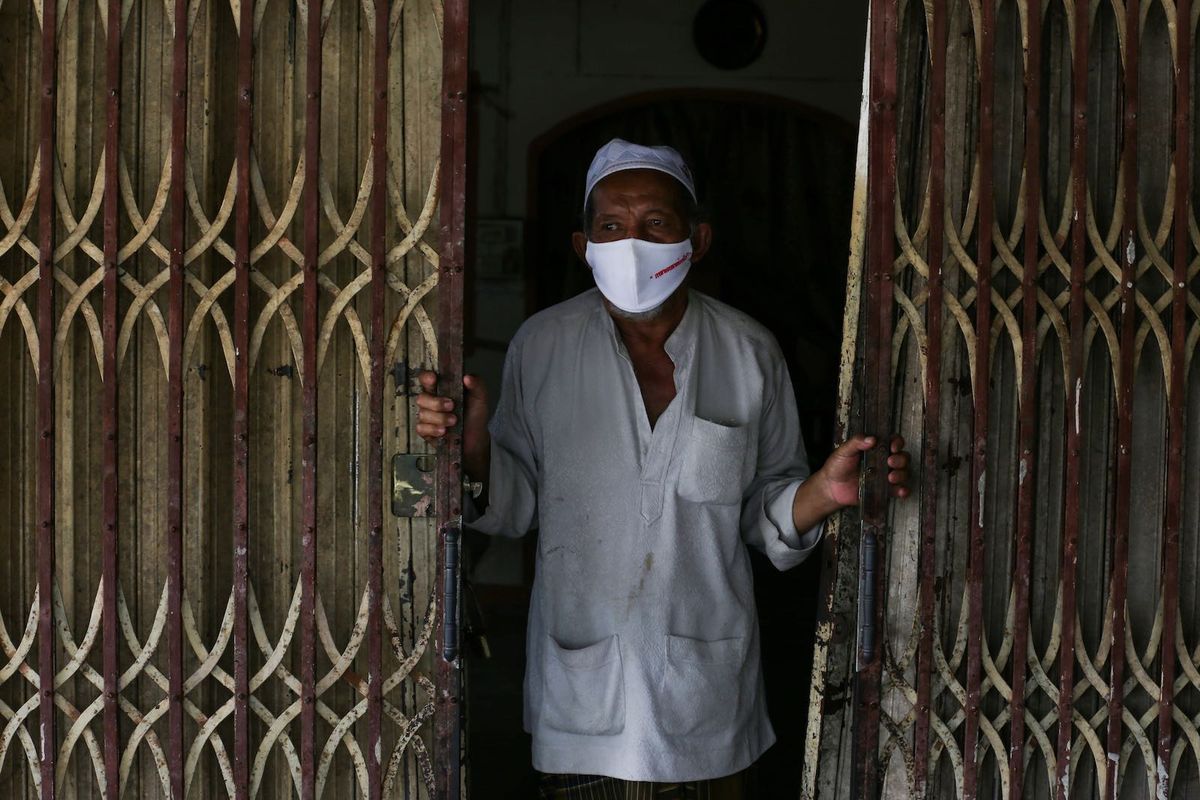Coronavirus second wave shakes Asian regions that were thought to be out of the woods

A few minutes every morning is all you need.
Stay up to date on the world's Headlines and Human Stories. It's fun, it's factual, it's fluff-free.
Several regions across Asia imposed new restrictions on Monday as they face resurgences of COVID-19 infections.
Hong Kong, China, Vietnam and Papua New Guinea have all announced new measures to combat spikes in infection levels that were thought to have been brought under control.
Hong Kong
It was announced on Monday that public gatherings of more than two people will be banned and that face masks will be mandatory in public areas, both indoors and outdoors. All restaurant dining services will also be completely shut down.
These new measures are the most stringent restrictions the government in Hong Kong has put into place so far. They will take effect from Wednesday and will last at least seven days.
The city is currently battling its most severe outbreak yet and has seen a dramatic increase in local cases over the past three weeks. After being praised for its low infection rate during the early onset of the pandemic and reporting nearly no local cases from May to mid-July, the infection rate has almost doubled.
A new daily record of 145 cases were reported on Monday, marking the sixth consecutive day of case numbers in the triple-digits.
Health authorities warned that citizens have become negligent when it comes to social distancing and mask wearing after Hong Kong’s early success. Some have also attributed the recent spike in cases to either the reopening of China’s borders to Hong Kong or the political demonstrations that have occurred since the enactment of the national security law by Beijing.
China
China also reported on Monday that it had experienced its biggest spike in domestic COVID-19 infections in more than four months.
Although China has been largely successful in containing the first wave – which infected over 80,000 people, mainly in the Hubei province where the city of Wuhan is located – the country has also seen smaller surges of the virus in other regions such as Beijing, Guangzhou and Heilongjiang.
The latest outbreaks are centered around the northeastern provinces of Liaoning and Jilin, which had not reported any infections before this week since May. However, the largest outbreak occurred in western Xinjiang province, where 41 of the 57 local cases reported on Monday were found.
Xinjiang has also been a target of global attention over China’s mistreatment of the local Uighur Muslim population that lives there.
China is continuing to employ their tried methods of rapid mass testing and targeted lockdowns in response to these latest flare ups.
Vietnam
The central Vietnamese city of Danang reported their first encounter with the virus since April after three residents tested positive for the coronavirus on Saturday.
The government is now on high-alert, issuing a new stay-at-home order and postponing important diplomatic events such as Asia’s largest security forum and an annual meeting of Southeast Asian foreign ministers.
The government has also taken the more drastic move of evacuating 80,000 people, mainly local tourists, from Danang. The evacuation is expected to take at least four days to carry out in full, with domestic airlines sending out around 100 flights per day from Danang to 11 neighboring cities. All travelers returning from Danang will also be required to undergo a 14-day quarantine at home, according to the Vietnamese health ministry.
Papua New Guinea
Until last week, Papua New Guinea had only seen a total of 11 COVID-19 cases. Now it has reported a total of 61 cases, with its first coronavirus-related death and 23 additional cases found in just the last 24 hours.
The prime minister, James Marape, ordered a swift lockdown on Monday after local testing kits ran out and hospitals neared capacity, warning the public that “numbers will grow out of control” unless drastic action is taken.
The dire reports from Monday only add to other flare ups that are happening across the Asia Pacific region and in parts of Europe as an increasing number of countries experience second or even third waves of the coronavirus after initially relaxing restrictions.
However, this is a trend that is likely to change as the world is hit with a crippling recession.
“It is going to be almost impossible for individual countries to keep their borders shut for the foreseeable future. Economies have to open up, people have to work, trade has to resume,” said Mike Ryan, the emergencies program director at the World Health Organization (WHO).
“What is clear is pressure on the virus pushes the numbers down. Release that pressure and cases creep back up.”
Have a tip or story? Get in touch with our reporters at tips@themilsource.com




Comments ()